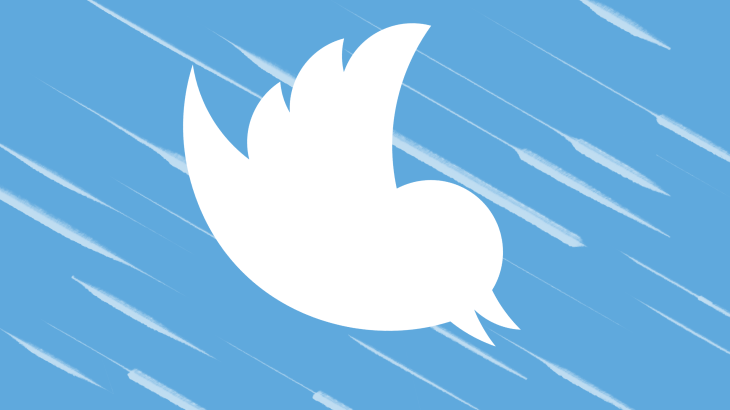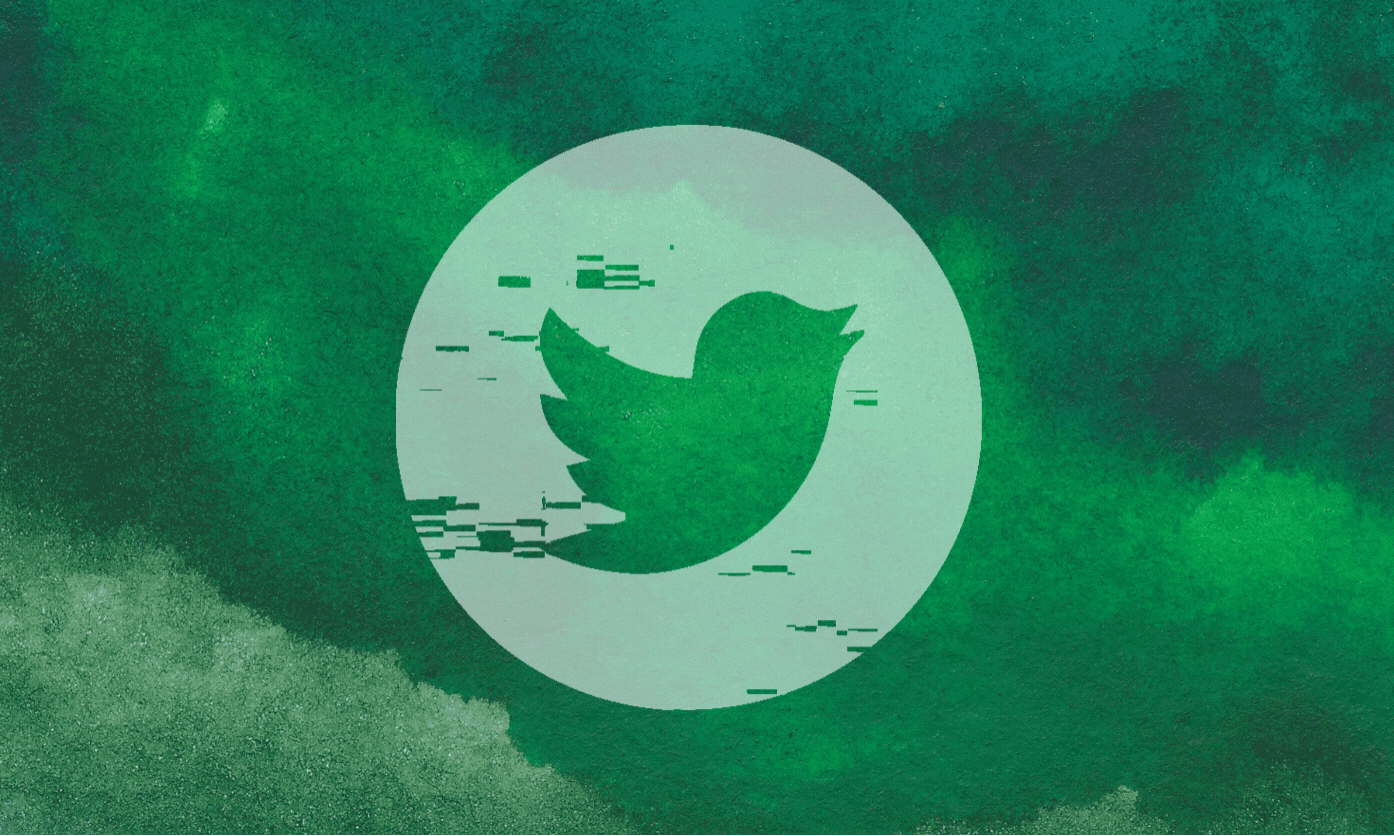
TW: some quotes contain offensive language
“I get harassment as a woman and I get the extra harassment because of race and being a black woman. They will call white women a c*nt and they’ll call me a ‘n*gger c*nt’. Whatever identity they can pick they will pick it and use it against you. whatever they slur they can come up with for a marginalised group – they use”.
This was what journalist Imani Gandy told me about her experience of abuse as a woman of colour on Twitter. Hers is just one example from the dozens of conversations I’ve been having over the past 16 months with women from the UK and US as part of a huge Amnesty International research project on violence and abuse against women online.
I replayed Imani’s words in my head late last night as I messaged my mother to tell her we needed to put some preventative measures in place before Amnesty’s #ToxicTwitter report and campaign launched. When my father immigrated to Canada decades ago they misspelt our last name, which means that my immediate family and I are easy to identify, and, in principle, troll online. And as my research has taught me, that’s the risk you face when you talk about feminism, racism, homophobia – or the combination of it all – publicly, and how doing so can impact on the right for women to freely and equally express themselves without fear on Twitter. Speaking out online for women, and for women of colour in particular, is not always easy and it’s not always without its risks.
“When I did a series of blog posts about police killing of black people I got tweets and comments saying I am an ugly fat black b*tch and that I deserve to die”
US blogger and reproductive rights activist Pamela Merrit told me: “When I did a series of blog posts about police killing of black people I got tweets and comments saying I am an ‘ugly fat black b*tch and that I deserve to die’ or ‘you wouldn’t be upset with the cops if some giant nigg*r rapes you.’ …. If you get 200 death threats, it only takes one person who really wants to kill you.”
And when former MP Tasmina Ahmed Sheikh and I chatted about how the abuse she faces online targets every single aspect of her identity, it once again struck a chord. Hearing Tasmina speak about the endless sexist, islamophobic and racist abuse she receives on Twitter for being a BAME woman in politics was chilling. No wonder so many female politicians and journalists hesitate before telling their stories of such experiences publicly – they don’t want to turn younger generations of women off politics or public-facing careers.
Hearing stories like these over and over again has left with me with deep admiration for the numerous female journalists, politicians, bloggers, writers and everyday users that I interviewed who are simply, and bravely, trying to freely express themselves on Twitter.
But it’s also been overwhelming exhausting, and incredibly infuriating.
“So many women told me about the hideous language being thrown at them on Twitter – death and rape threats, sexist, racist, homophobic and transphobic slurs”
So many women told me about the hideous language being thrown at them on Twitter – death and rape threats, sexist, racist, homophobic and transphobic slurs. When you hear this multiple times, from dozens of women, you get a sense of how rampant this form of violence and abuse is. During our brief conversations, I got a small glimpse into how it must feel to open up your Twitter app and constantly fear a barrage of abuse for simply expressing your opinion online as a woman.
Time and time again women told me that not enough, if anything at all, was being done by Twitter about the abuse they were receiving. Either their reports to Twitter were ignored or they were told that they didn’t violate Twitter’s own guidelines on hateful conduct and abuse. This is despite Twitter clearly stating in a letter to Amnesty that “abuse and hateful conduct directed at women, including direct threats of violence, and harassment, are prohibited on Twitter”. How many more of us will need to go through waves of violence and abuse for posting our thoughts or opinions for simply trying to have a voice on a platform that literally asks us “what’s happening”
It’s clear to me that violence and abuse against women online – especially for women who face intersectional discrimination – is a massive problem. And we’ve got the facts. An online poll we commissioned last year showed that 41% of women across the eight countries we surveyed who had experienced online abuse or harassment said that on at least one occasion, these online experiences made them feel that their physical safety was threatened. It also revealed just how severe the psychological impact of online abuse can be, with 55% of women who experienced abuse and harassment in the UK reporting stress, anxiety or panic attacks as a result.
A report Amnesty published last week is the culmination of all of these women’s stories. Together, their testimonies make compelling evidence that shows just how toxic a space Twitter has become for women, and how women of colour, as well as women from other marginalised communities and non-binary people, are particularly experiencing violence and abuse on the platform.
And our research shows that Twitter – despite repeated promises to address this problem – is failing to respect women’s rights by allowing this violence and abuse against them to thrive. The social media company’s response to abuse is inconsistently applied and inadequately enforced. It’s failing to disclose how it interprets and enforces its policies, or how it trains content moderators to respond to reports of violence and abuse. Without that information, it’s impossible to know the true scale and nature of the problem; difficult for Twitter users to know what content is and isn’t acceptable; too hard for those who experience abuse to feel confident in calling it out; and impossible for meaningful change to happen.
“The social media company’s response to abuse is inconsistently applied and inadequately enforced”
And we want this change. It’s important. Because social media platforms can be a powerful place for self-expression. A place where women can individually or collectively amplify their voices.
So what can we do about the fact that so many of us feel silenced by fear of abuse?
What can we do to make sure that when we use Twitter, we can do so knowing the company is meeting its responsibilities to respect women’s rights, allowing us to express ourselves safely?
What can we do to have confidence that when we speak out for change – to challenge the status quo, to have our voice and our say – we’re not going to be confronted by sexist and/or racist trolls?
Well, here’s our guide….
- Be angry. Violence and abuse should not define our existence online. We can be angry at the fact that yet again, it’s us – those who are experiencing the intersecting forms of injustice – who have to rise against it.But, this shouldn’t be our job.Jack Dorsey, Twitter’s CEO, has the power and privilege to make his platform a safer space. He’s said he wants to make Twitter a “healthy” place, and that Twitter “stands with women around the world“. If this is true, he needs to prove it.
- Tell Jack that online abuse against women simply isn’t okay. Email or tweet @Jack to tell him that #ToxicTwitter needs to take concrete steps to consistently enforce their own policies on abuse and tell us how they are doing it.
- Carry on being powerful, badass, amazing, inspiring, ground-breaking, challenging, critical and curious individuals. Together, with allies, we will not let the trolls win.









